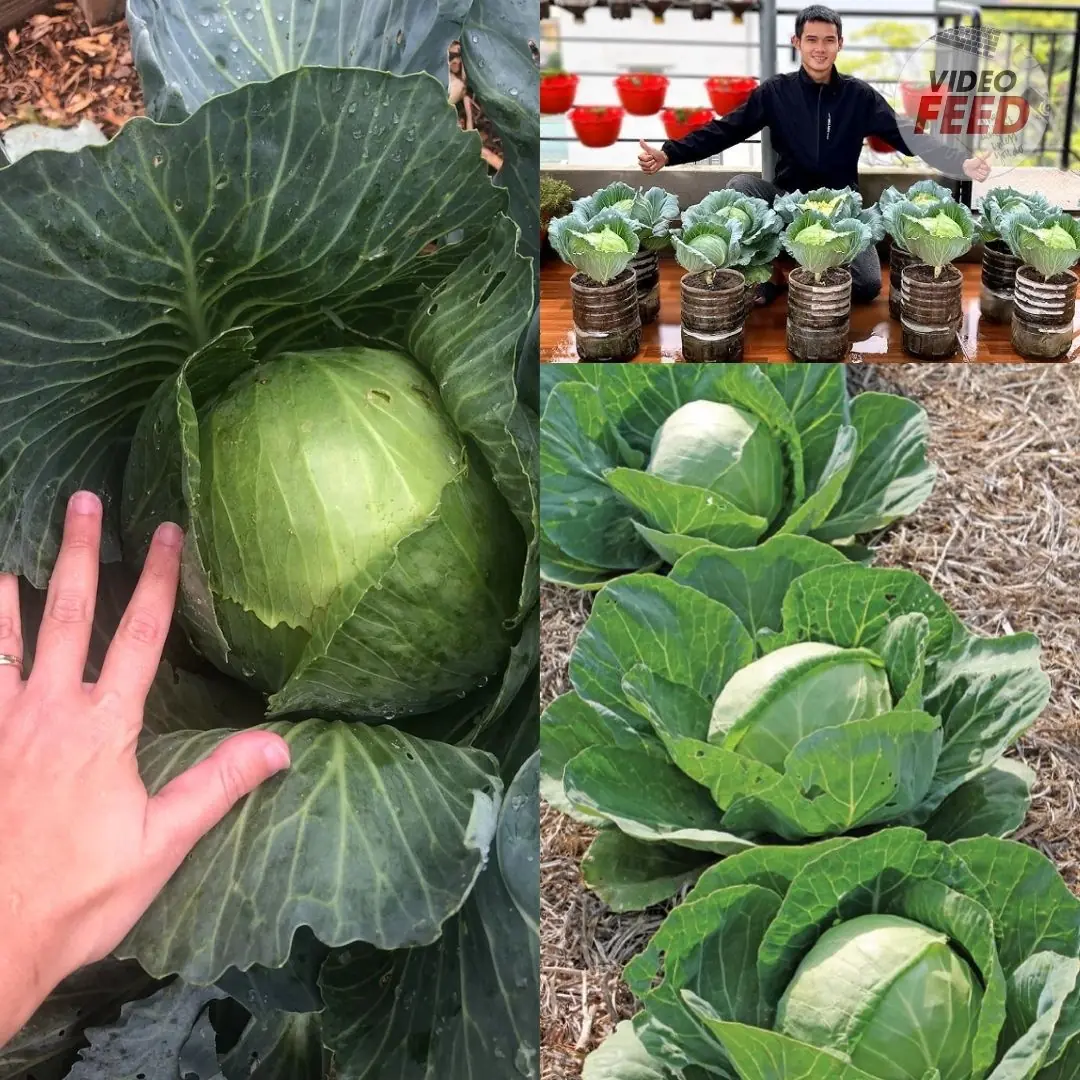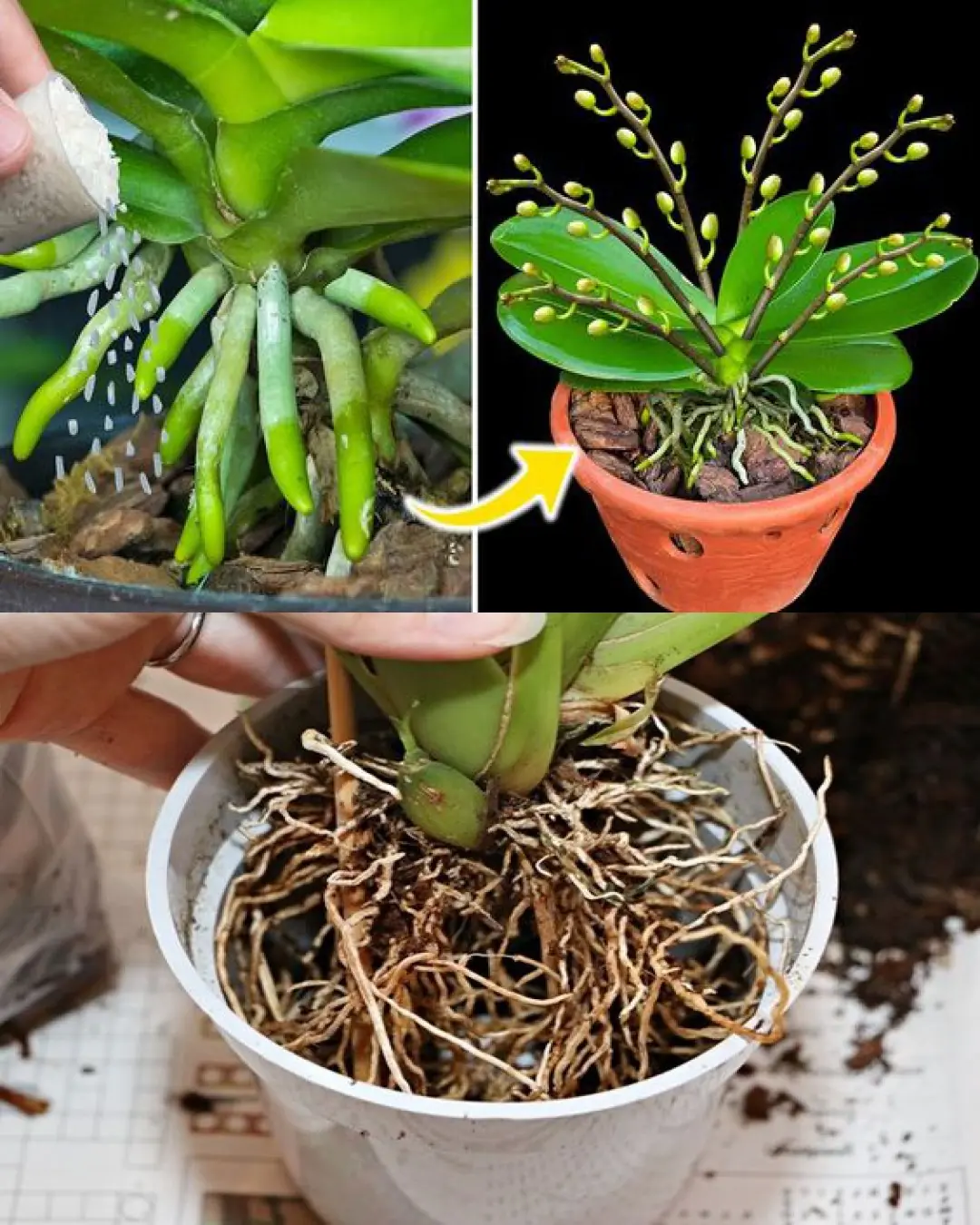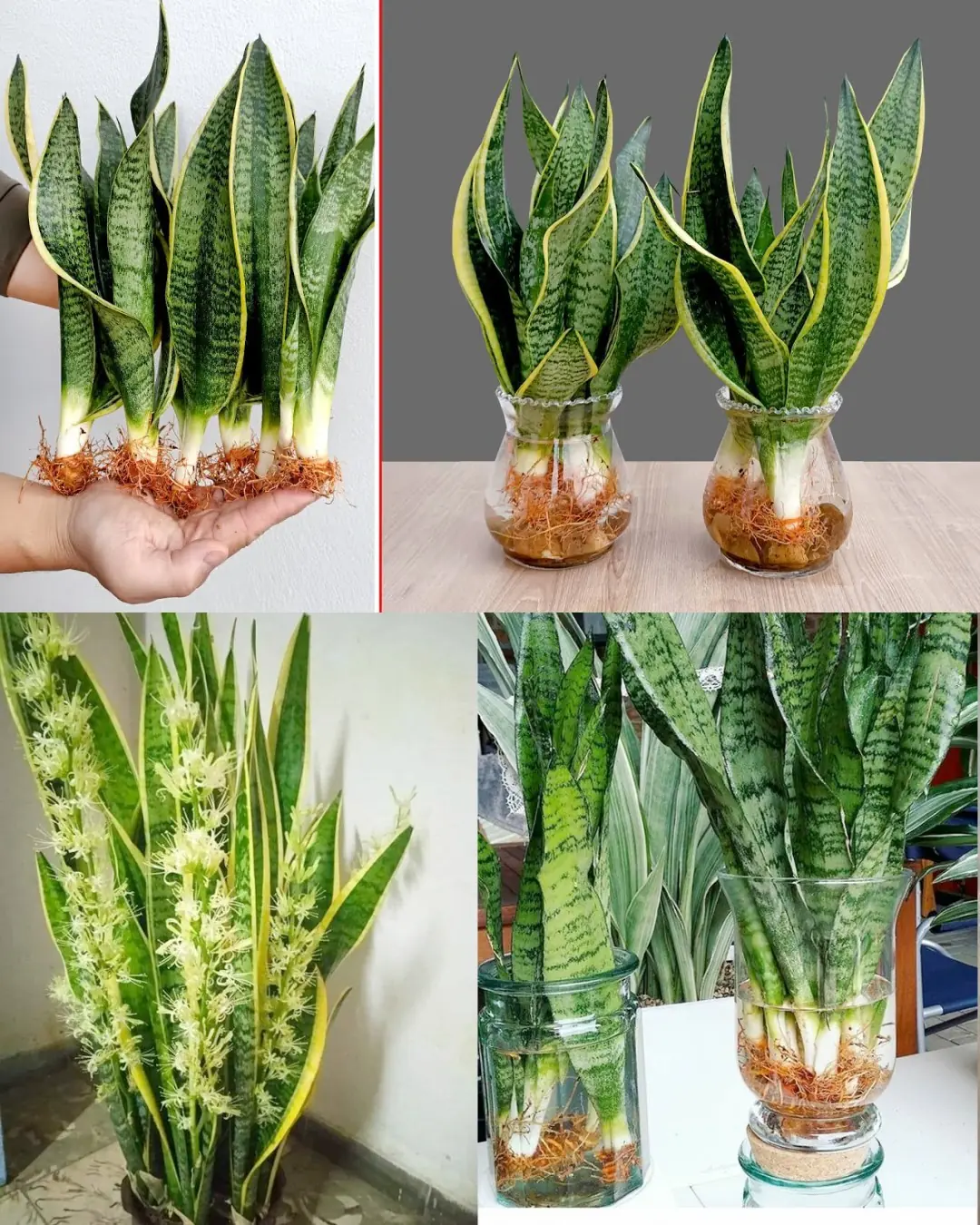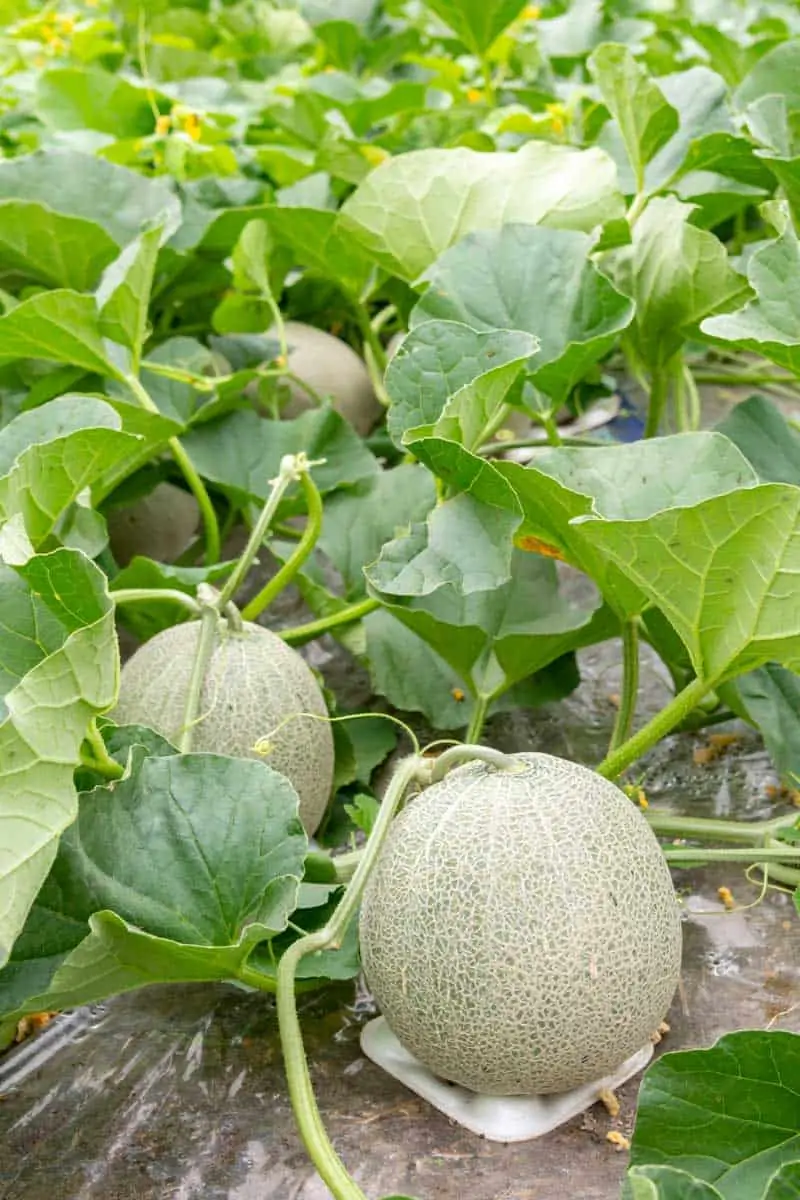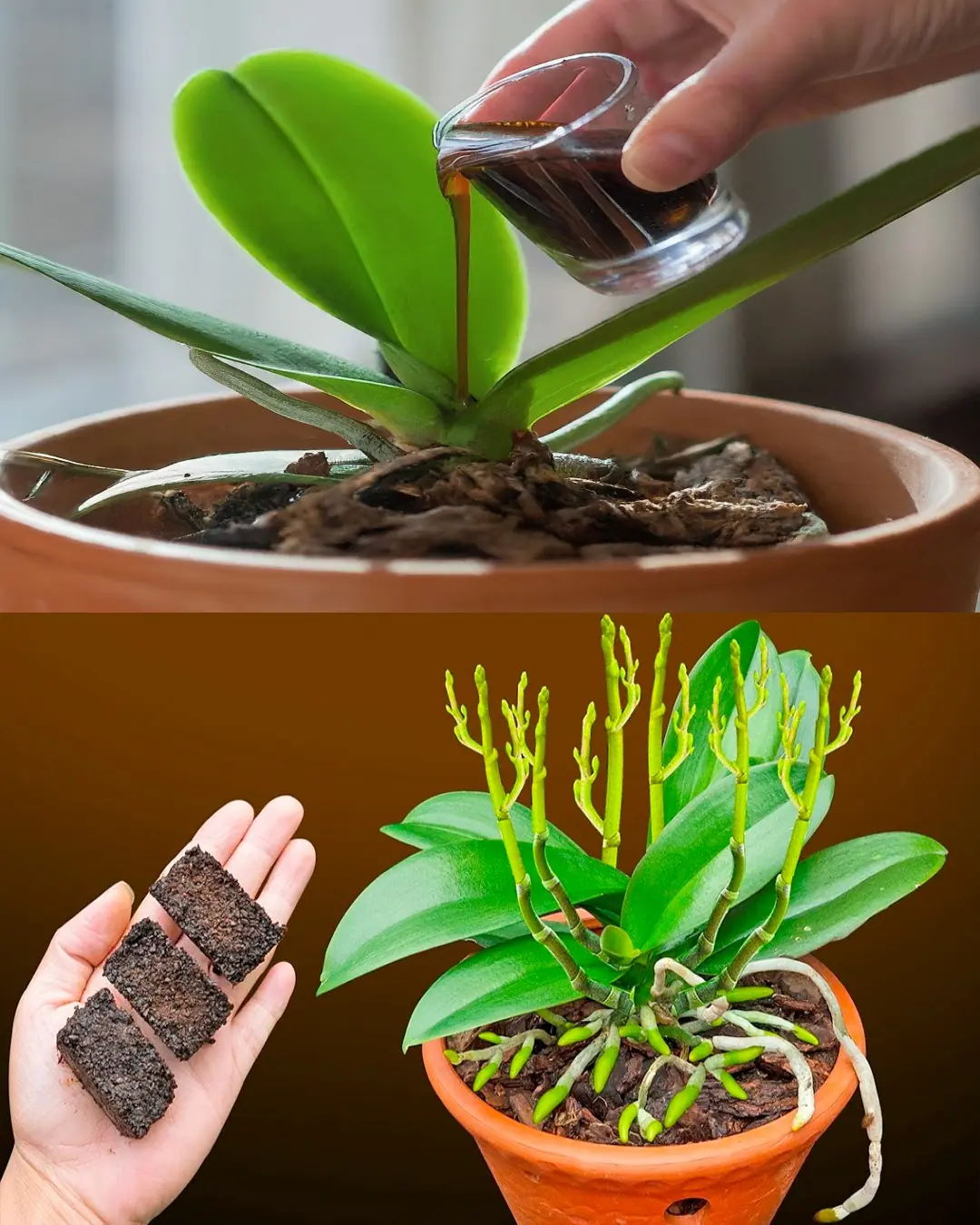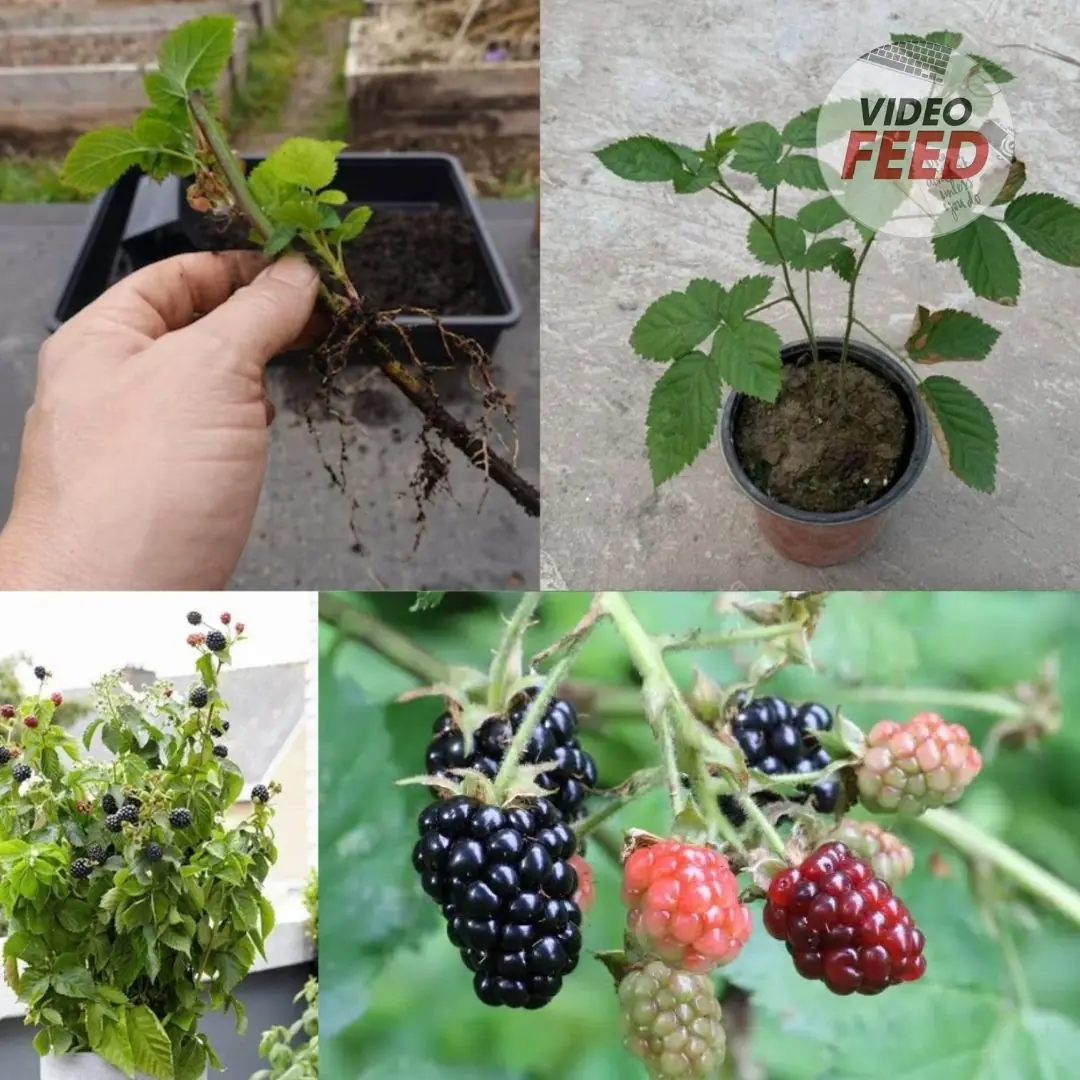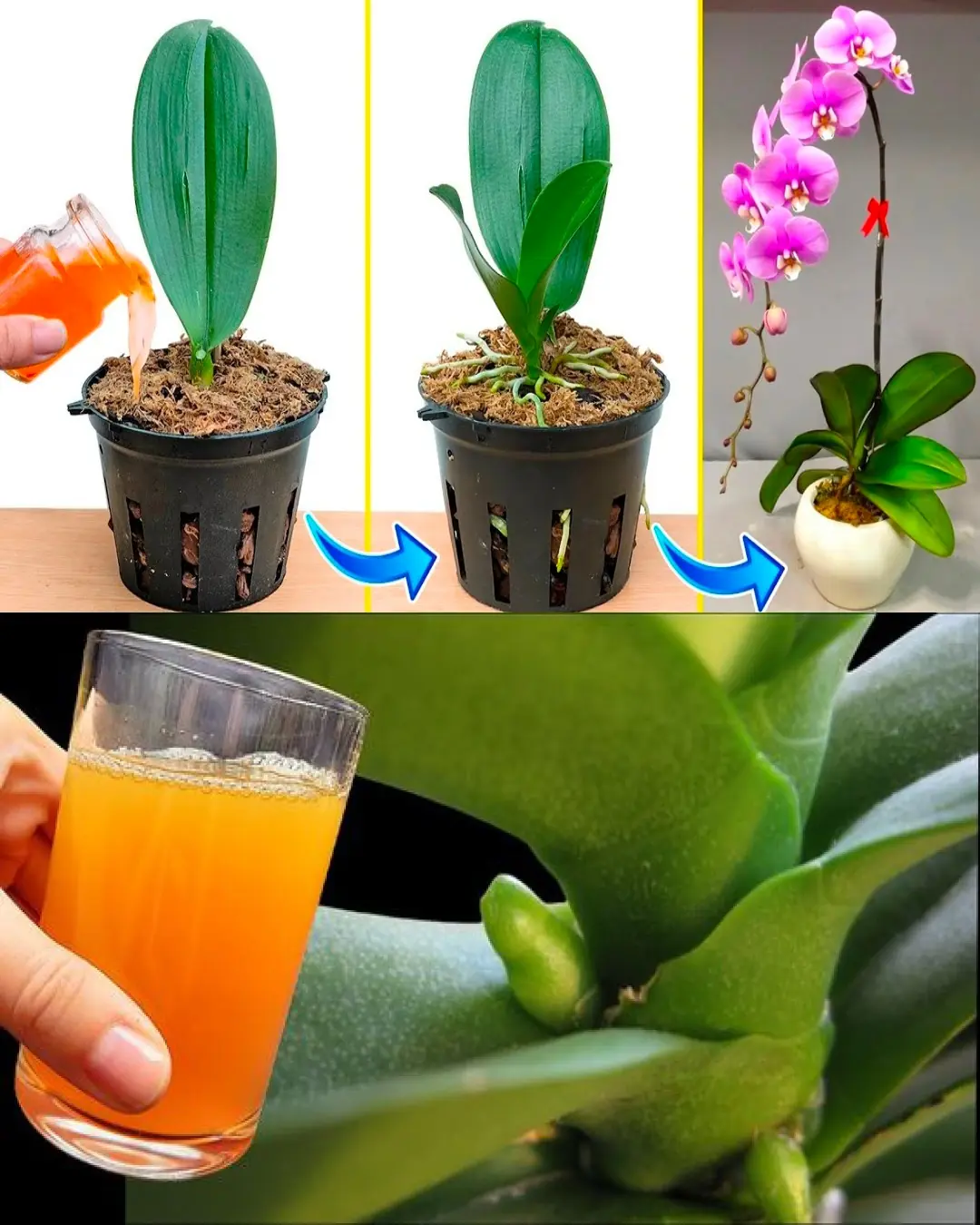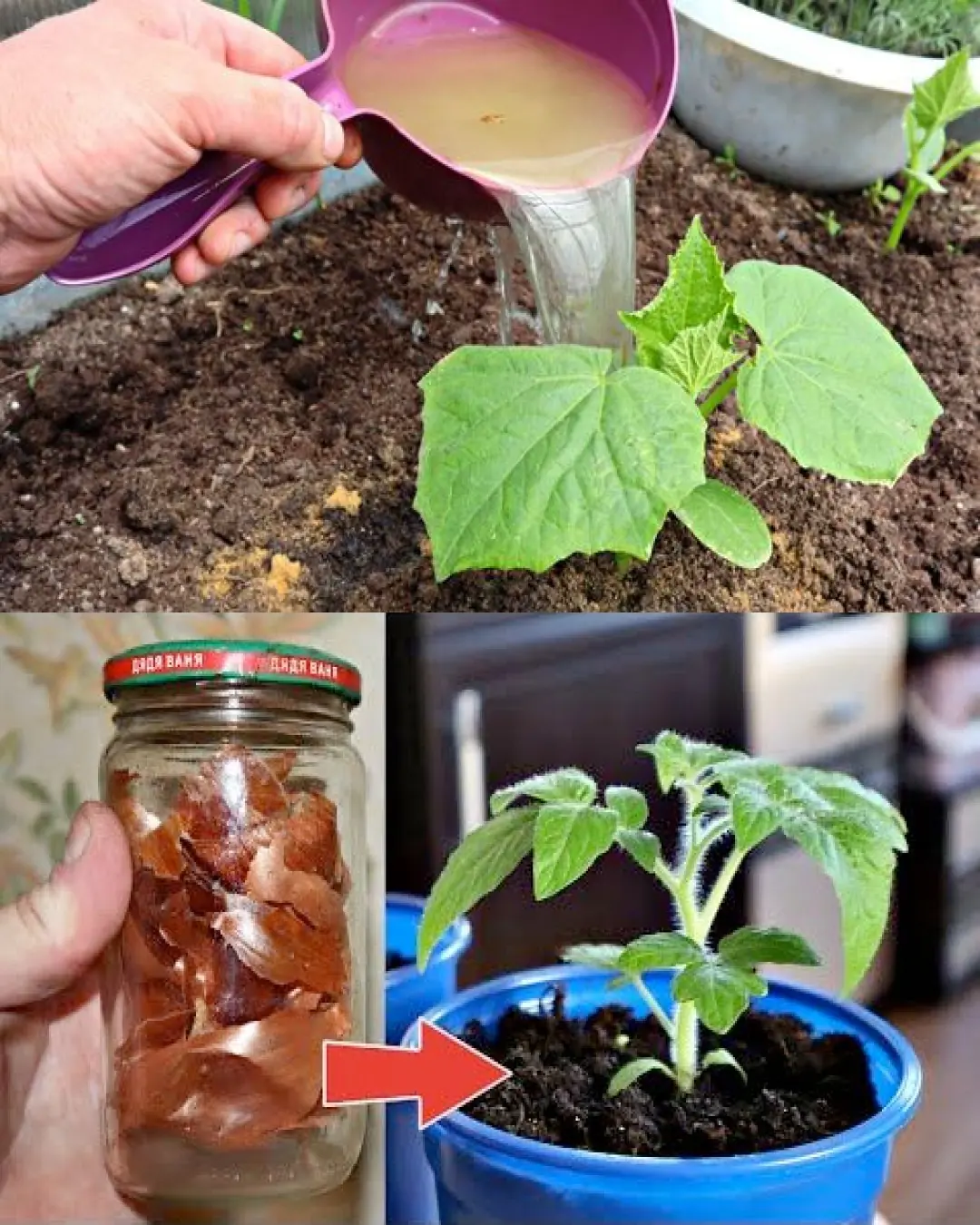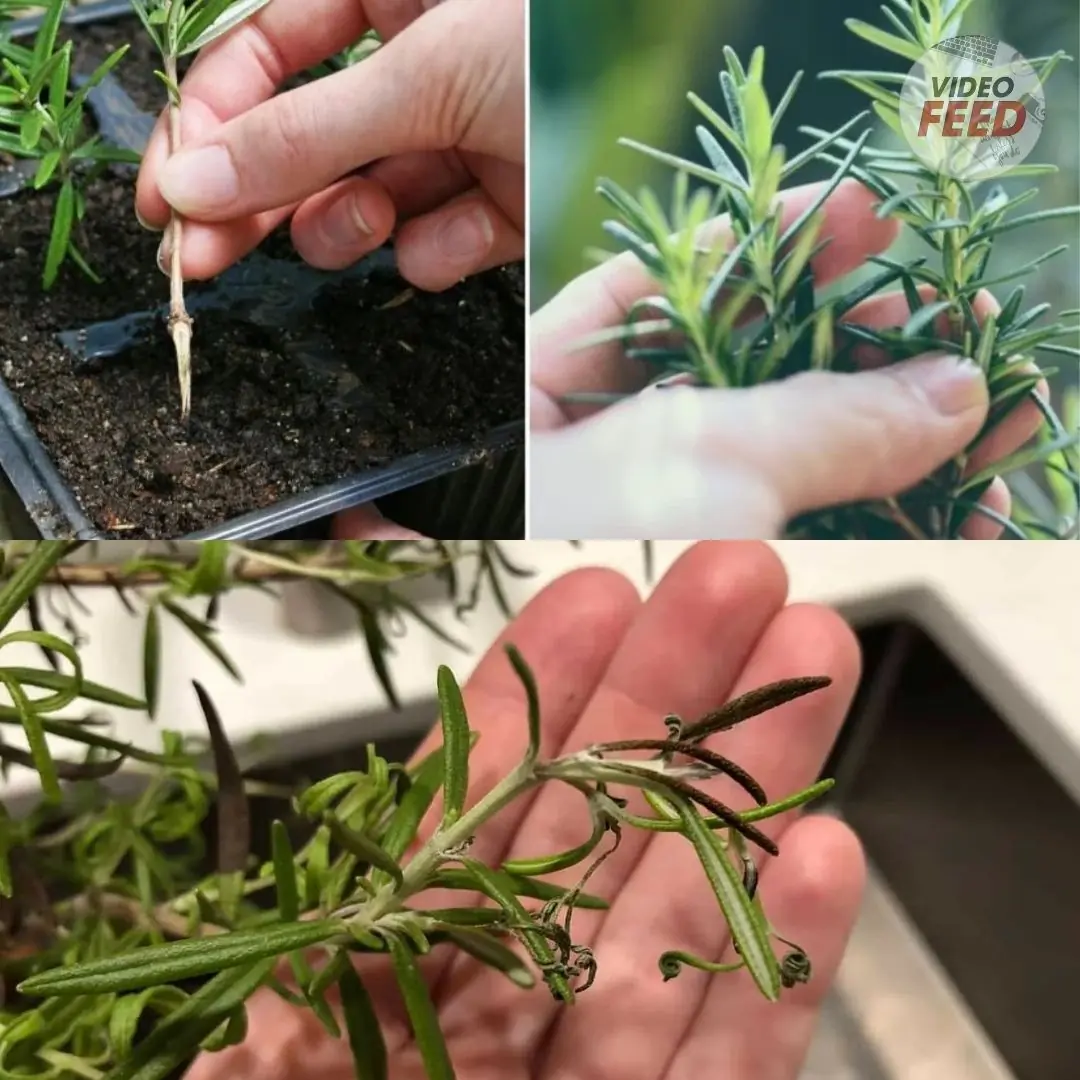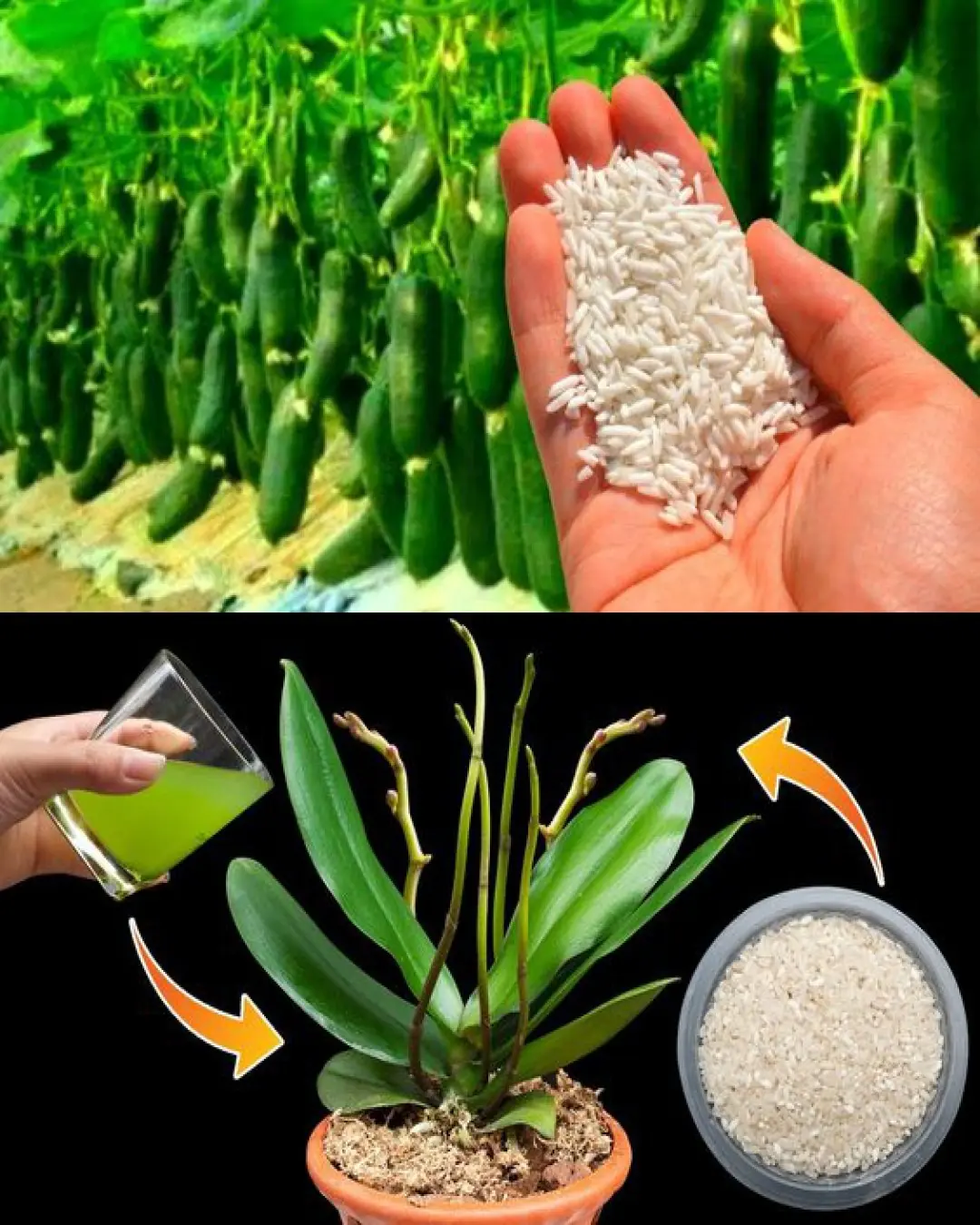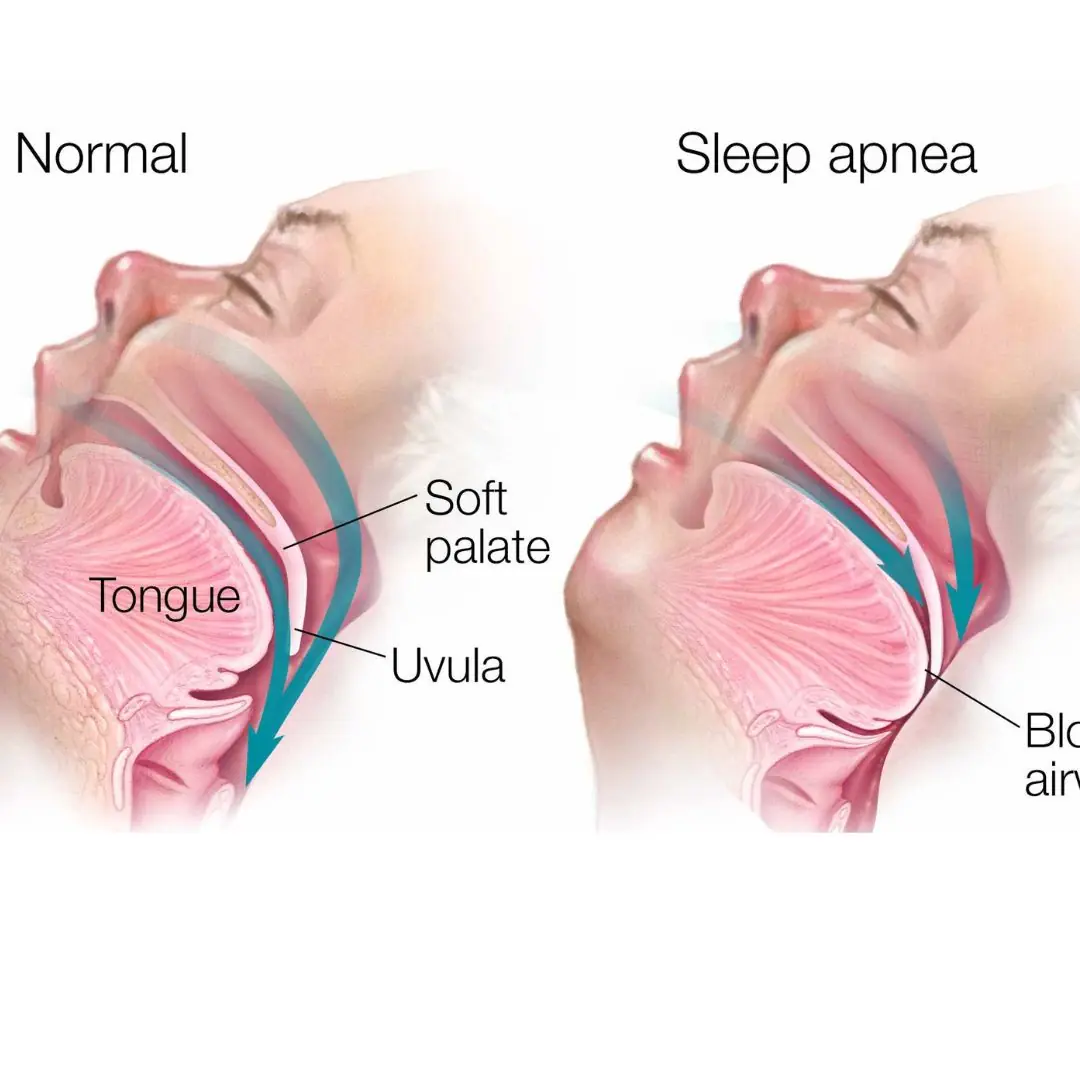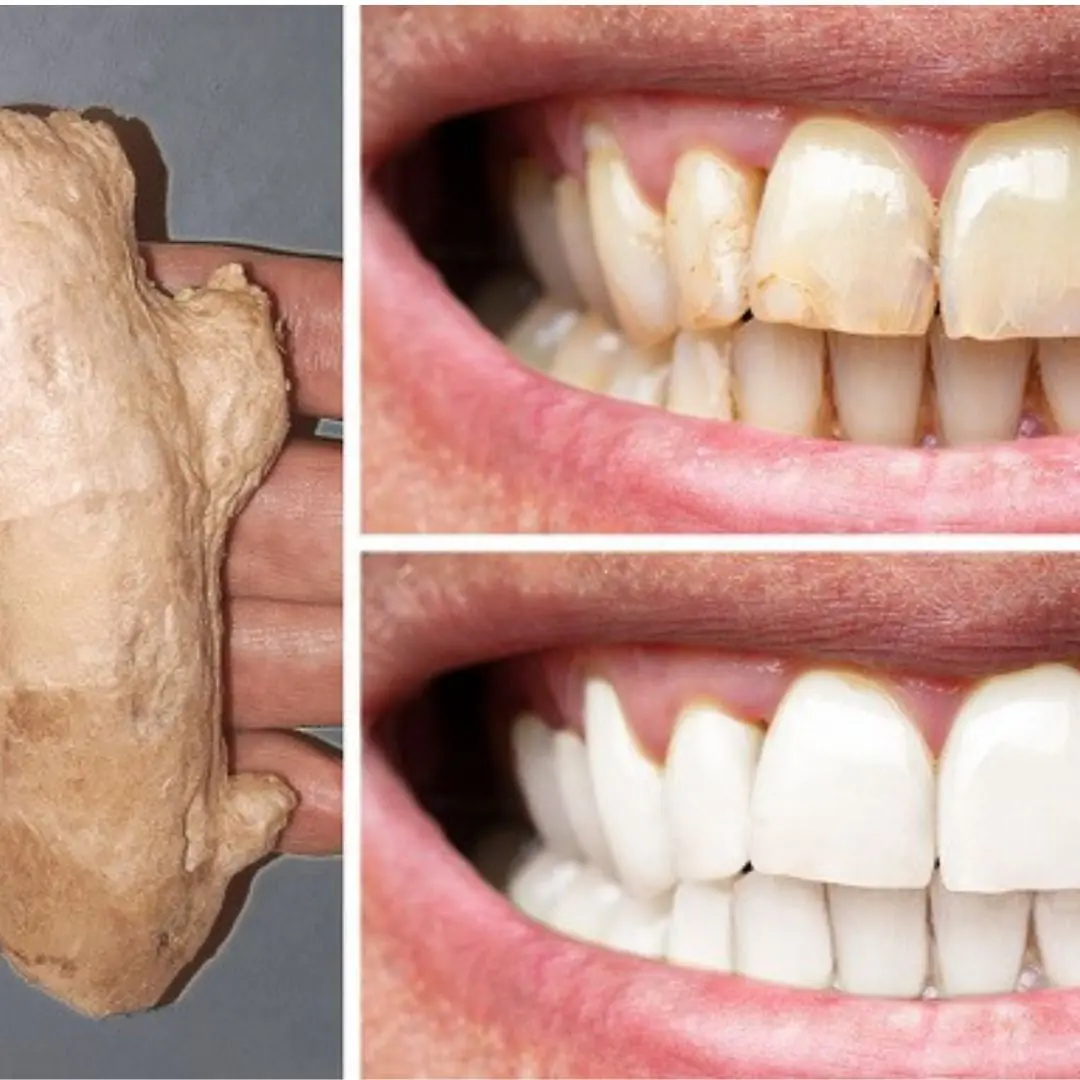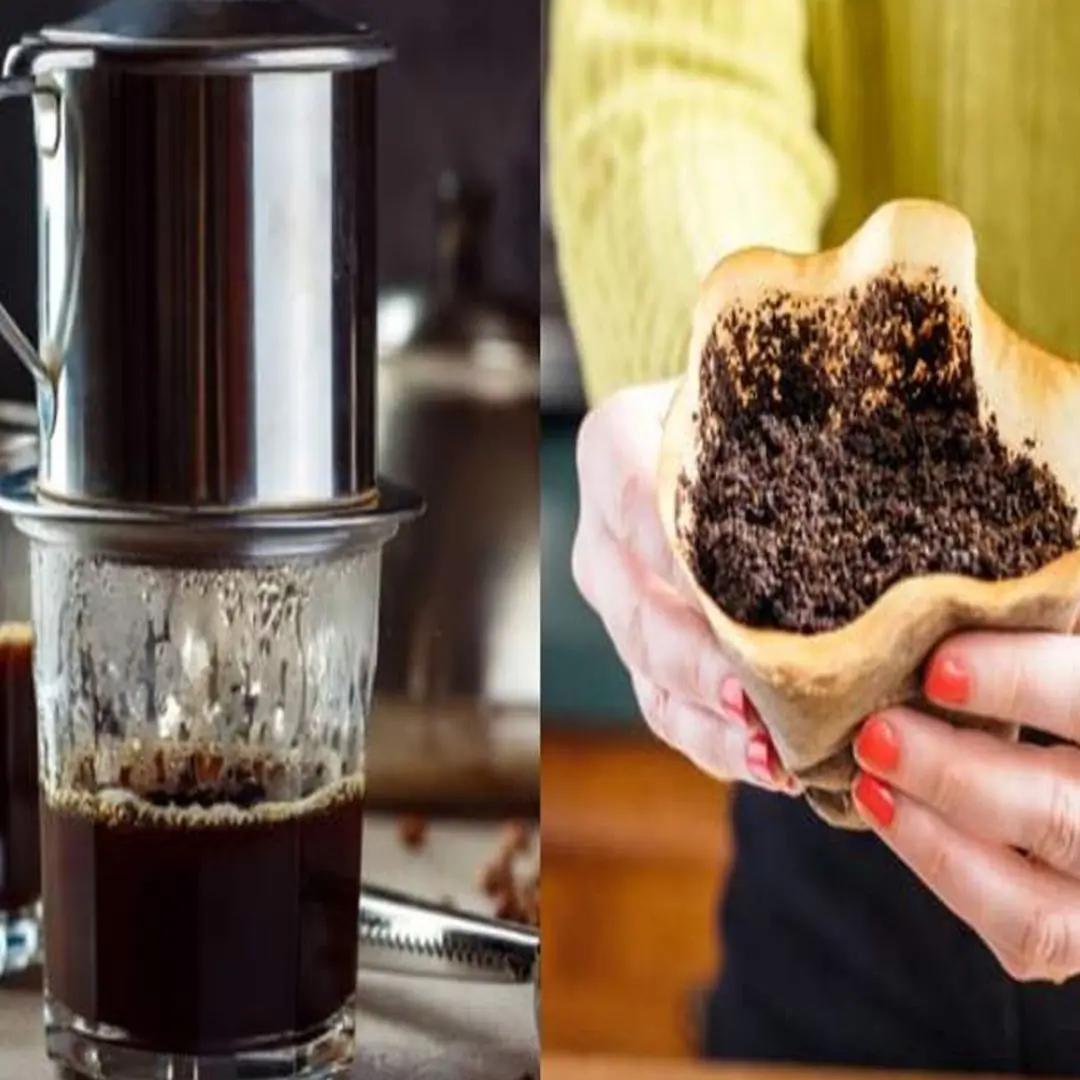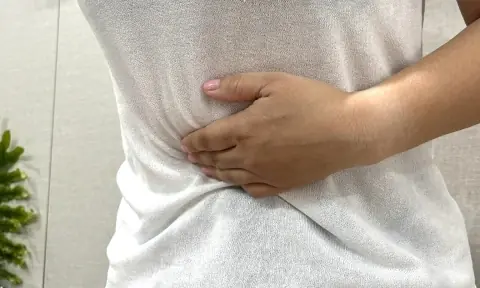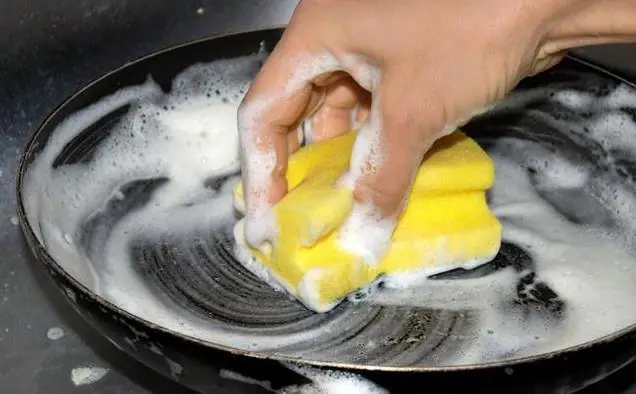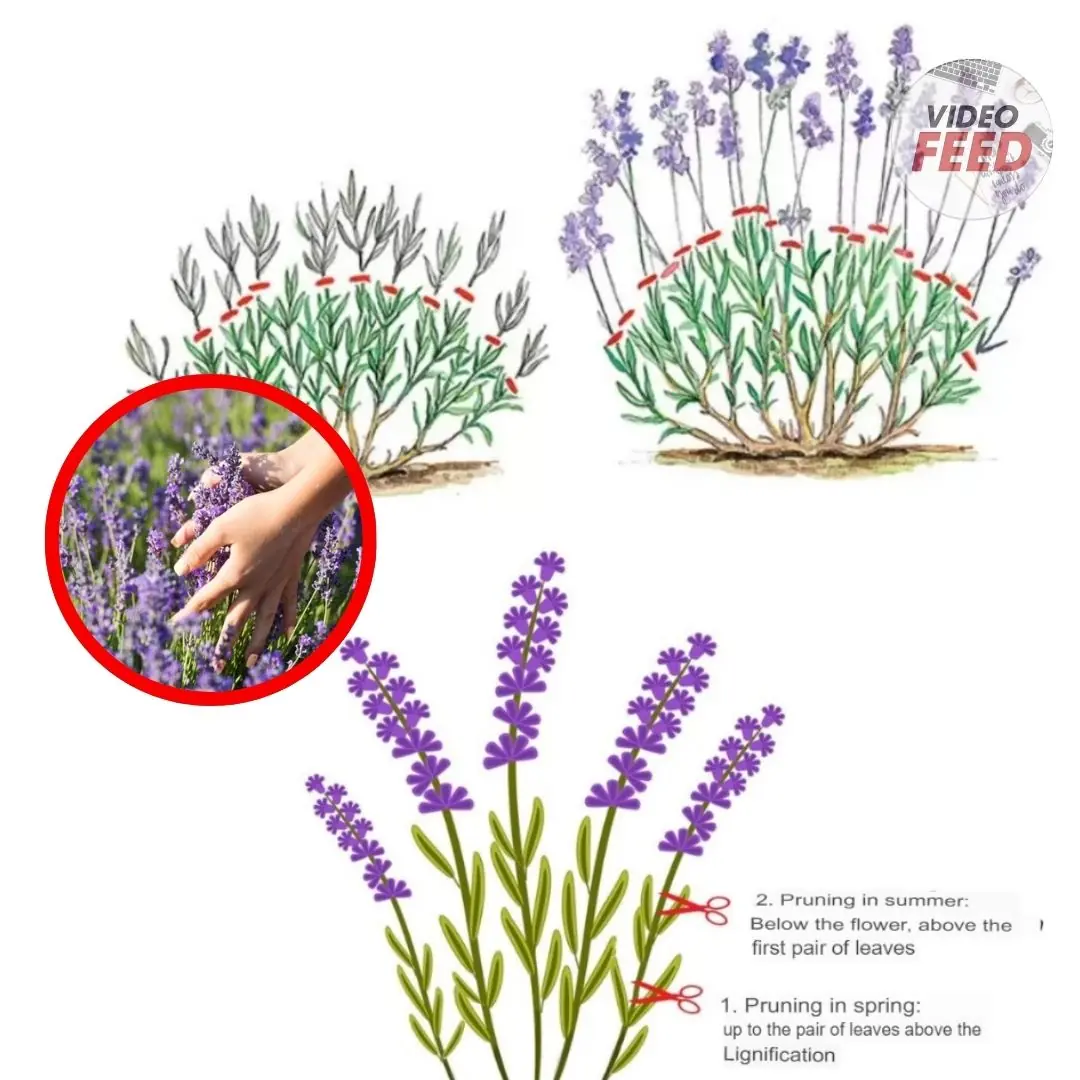 Lavender is found in almost every garden, but it doesn't always bloom magnificently everywhere. One way to achieve floral splendor lies in proper trimming.Trimming Lavender in Bloom
Lavender is found in almost every garden, but it doesn't always bloom magnificently everywhere. One way to achieve floral splendor lies in proper trimming.Trimming Lavender in Bloom 
Lavender should be trimmed twice a year
The true Lavender (Lavandula angustifolia) is an absolute classic in the garden. However, it doesn't always bloom as abundantly and magnificently as the owner would like. This is often due to poor or non-existent pruning, as many mistakes can be made during pruning. Lavender pruning should prevent the plant from becoming too woody at the bottom and producing only a few long shoots with few leaves and flowers.XXL Lavender Size 
XXL lavender for your balcony, terrace, or garden
When to trim lavender?
Ideally, lavender should be pruned twice a year: once in spring and once in summer. When pruning lavender in spring, timing is crucial. If pruned too early and lavender experiences strong frosts, serious damage to the plant can occur. Therefore, the first cut should preferably be made before budding, between late March and early April. The second cut should be made in summer, just before fading, so in July or August. This allows for a second flowering phase in autumn.
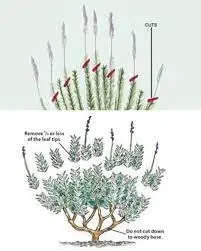 Trimming Lavender in Autumn
Trimming Lavender in Autumn 
We do not recommend trimming in autumn, as is usual for most shrubs. If pruned too late, lavender will no longer have enough strength to sprout and face the winter, so the cut wounds could quickly lead to serious frost damage. In this case, flowering will be compromised, and in the worst case, winter hardiness will also be significantly compromised. Lavender could then wake up significantly marked from winter sleep the following year.How to Trim Lavender Correctly? 
Trimming lavender correctly means not cutting too deeply. Depending on growth and growth phase, the cut should be more or less intense. In spring, it is best to cut lavender shortly before budding by about one-third to two-thirds. After flowering in summer, lavender can be cut back by half. In general, young lavender plants should be pruned more severely than older ones. The shoots can be cut back by up to half to promote compact growth.On the other hand, with older lavender bushes, special caution is required. First, remove all faded flower heads. Then cut more cautiously and not too deeply (about 10 cm) in a bushy form. Lavender can only sprout from the woody, ground-level branches with much effort or not at all.
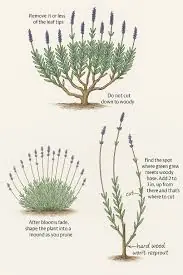 A too high cut does not harm the plant, but it also does not contribute to high-quality care. Without regular pruning, lavender can become very woody under optimal growth conditions. Therefore, if it has not been pruned for several years, it is advisable to rejuvenate the lavender in small steps over several years so that the plant does not suffer damage.How to Trim Lavender Correctly?
A too high cut does not harm the plant, but it also does not contribute to high-quality care. Without regular pruning, lavender can become very woody under optimal growth conditions. Therefore, if it has not been pruned for several years, it is advisable to rejuvenate the lavender in small steps over several years so that the plant does not suffer damage.How to Trim Lavender Correctly?  Trim twice a year
Trim twice a year
Spring pruning in March to April: One-third to two-thirds
Summer pruning in July or August: One-third to half
Young plants can be pruned more severely than older ones
Do not cut too woody parts of the plant
More information on lavender care can also be found here in our special article.Trimming Lavender for Drying 
The fragrant lavender flowers can be harvested and used to produce various products. Tea, sachets, and lavender oil are just a few well-known examples. For this, the flowering branch tips are used. For harvesting, the entire lavender bush is cut at the right time (mid-July). Then cut the stems best about 10 cm below the base of the flower. Then you can tie small bunches and hang them upside down in a dry, airy place to dry.